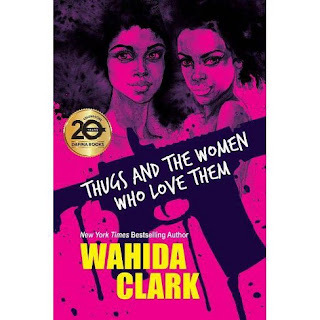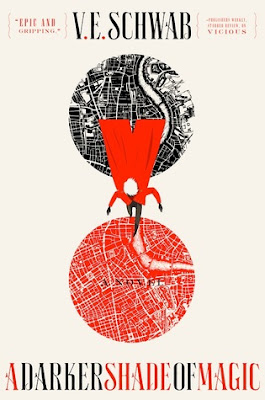In Memoriam: Jeff Silberman

This past Spring semester, I was also enrolled in a Digital Collections course. As part of our last project, we were tasked with creating a digital collection hosted on Omeka, an open-source web publishing platform. We were asked to find a group or institution that wanted to create a digital collection and help them out. However, I took a bit of a different path. My partner's Uncle Jeff died suddenly last fall. He led a very interesting life, and left a lot of papers behind. I reached out to Jeff's son, Will, and asked him what he thought about digitizing Jeff's archive. Will dropped off a rubbermaid tub full of Jeff's personal and professional writing on my front porch in the middle of a global pandemic. Thank you, Will! Jeff was a real character--he had a career in music journalism and radio, and even spent a short time getting a small record label off the ground. I'm sad he didn't live to finish his memoir of the early punk scene in LA. In addition


